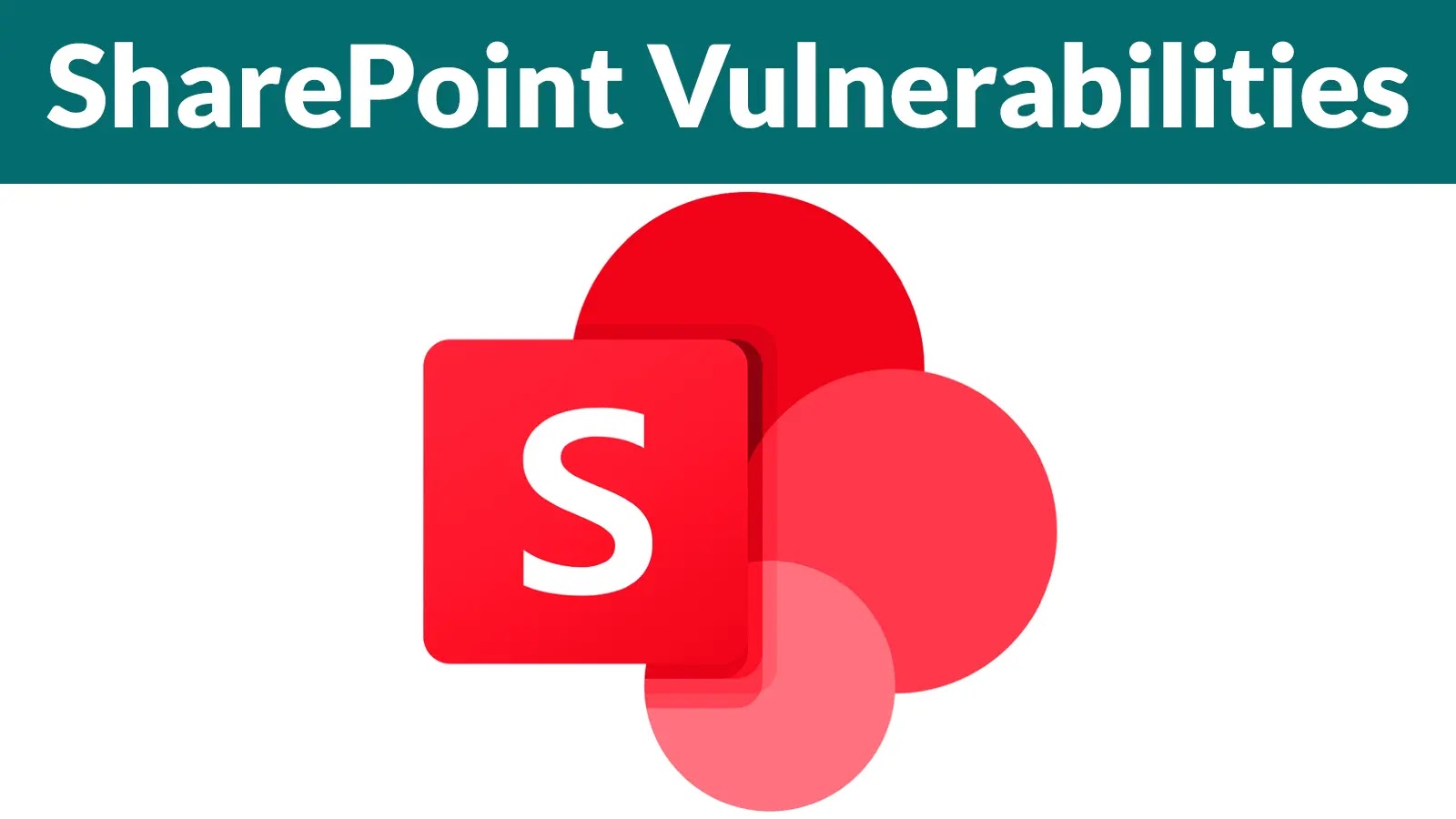Emerging Cyber Threats: DNS Poisoning, Supply Chain Breaches, and Advanced Malware Tactics
The cybersecurity landscape is undergoing a significant transformation, with attackers refining their methods to target high-impact vulnerabilities more effectively. This shift has led to an increase in sophisticated attacks, including DNS poisoning, supply chain breaches, and the deployment of advanced malware.
1. Expansion of Hijack Loader in Latin America
Recent phishing campaigns in Colombia have utilized SVG file attachments to distribute the PureHVNC Remote Access Trojan (RAT). These emails, masquerading as official communications from the Attorney General’s office, prompt recipients to download documents that initiate the execution of Hijack Loader, subsequently installing PureHVNC. This marks the first recorded use of Hijack Loader in Latin America, indicating a strategic expansion of this malware’s reach.
2. Insider Threats: Sale of Cyber Weapons to Foreign Entities
Peter Williams, a 39-year-old Australian national, has pleaded guilty to selling trade secrets from U.S. defense contractor L3Harris Trenchant to a Russian cyber-tools broker. Between 2022 and 2025, Williams sold sensitive cyber-exploit components intended exclusively for the U.S. government and its allies. The transactions were conducted using cryptocurrency, with proceeds used to purchase luxury items. This case underscores the persistent risk of insider threats within critical sectors.
3. Caller ID Spoofing: A Global Fraud Epidemic
Europol has raised alarms over the escalating issue of caller ID spoofing, a technique that enables fraudsters to manipulate caller information to appear as trusted entities. This method facilitates various scams, leading to an estimated €850 million in global losses annually. Europol advocates for a coordinated international response to mitigate this pervasive threat.
4. Google’s Initiative for Enhanced Web Security
In a move to bolster user security, Google has announced that Chrome will default to HTTPS connections starting April 2026. This change aims to ensure encrypted and secure browsing experiences, reducing the risk of data interception and enhancing overall internet safety.
5. Vulnerabilities in the U.S. Energy Sector
A cybersecurity assessment of 21 U.S. energy providers revealed nearly 40,000 hosts with over 58,000 services exposed to the internet. Notably, 7% of these services operate on non-standard ports, which are often overlooked by traditional security measures. This exposure presents significant risks, including potential exploitation of known vulnerabilities.
6. Critical BIND9 Flaw Exposes DNS Servers
Over 5,900 instances have been identified as vulnerable to CVE-2025-40778, a flaw in the BIND 9 resolver that allows off-path attackers to inject forged address data into the resolver cache. This DNS poisoning vulnerability can redirect clients to malicious infrastructure without triggering new lookups. Administrators are urged to update to the latest BIND 9 versions and implement DNSSEC validation to mitigate this risk.
7. Rust Malware Demonstrates Dual Functionality
Researchers have demonstrated the creation of a Two-Face Rust binary on Linux systems. This binary operates as a benign program under normal conditions but executes hidden, malicious code when deployed on specific target hosts. This technique highlights the evolving sophistication of malware designed to evade detection.
8. Phishing Tactics Evolve with Invisible Characters
Threat actors are employing advanced phishing techniques by embedding invisible characters within email subject lines. This method exploits MIME encoding and Unicode soft hyphens to bypass automated security filters, making malicious emails appear legitimate to recipients.
9. Exploiting Email Header Loopholes for Spoofing
The CERT Coordination Center has disclosed vulnerabilities in email header syntax that can be exploited to bypass authentication protocols like SPF, DKIM, and DMARC. By manipulating the From: and Sender: fields, attackers can deliver spoofed emails that appear to originate from trusted sources, facilitating phishing and other malicious activities.
10. Crackdown on Cyber Scam Operations in Myanmar
Myanmar authorities have demolished parts of KK Park, a known hub for cybercrime operations, following a mid-October raid. This action is part of a broader effort to dismantle online scam centers that have been responsible for numerous fraudulent activities targeting individuals and organizations globally.
11. LinkedIn’s Data Usage for AI Training
Starting November 3, 2025, LinkedIn will begin using data from members in specific regions, including the EU, EEA, Switzerland, Canada, and Hong Kong, to train AI models aimed at enhancing user experience. This data includes profile details and public content but excludes private messages. Users are encouraged to review LinkedIn’s data use terms to understand how their information will be utilized.
12. U.S. Hesitates on Global Cybercrime Treaty
Despite over 70 countries signing a United Nations treaty to collaborate on combating cybercrime, the United States has yet to join. The State Department continues to review the treaty, indicating a cautious approach to international agreements on cybersecurity.
13. Decline in Ransomware Payments
The third quarter of 2025 saw a significant decline in average ransom payments, dropping to $376,941—a 66% decrease from the previous quarter. This trend suggests that organizations are increasingly resisting ransom demands, prompting attackers to adopt more targeted and sophisticated methods to achieve their objectives.



